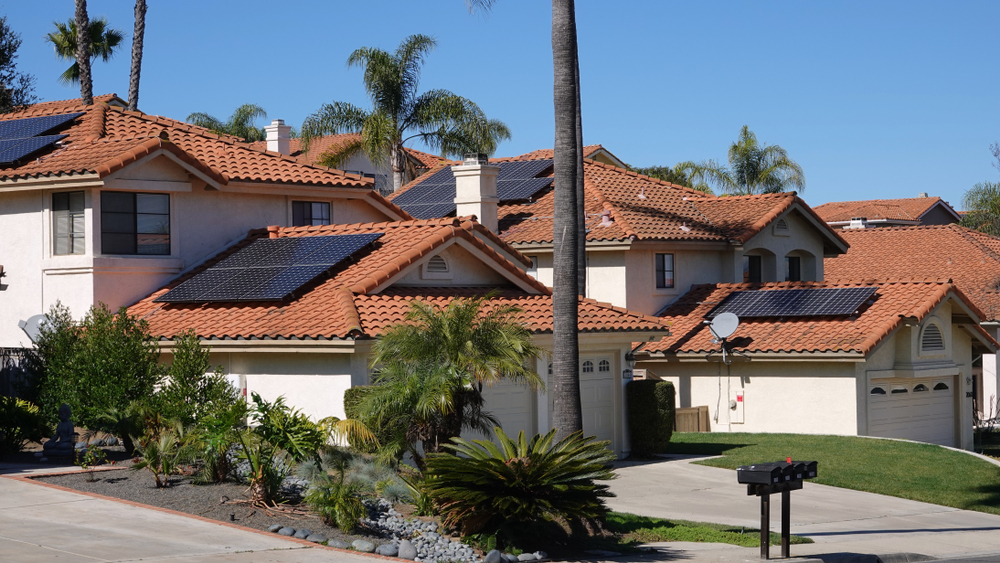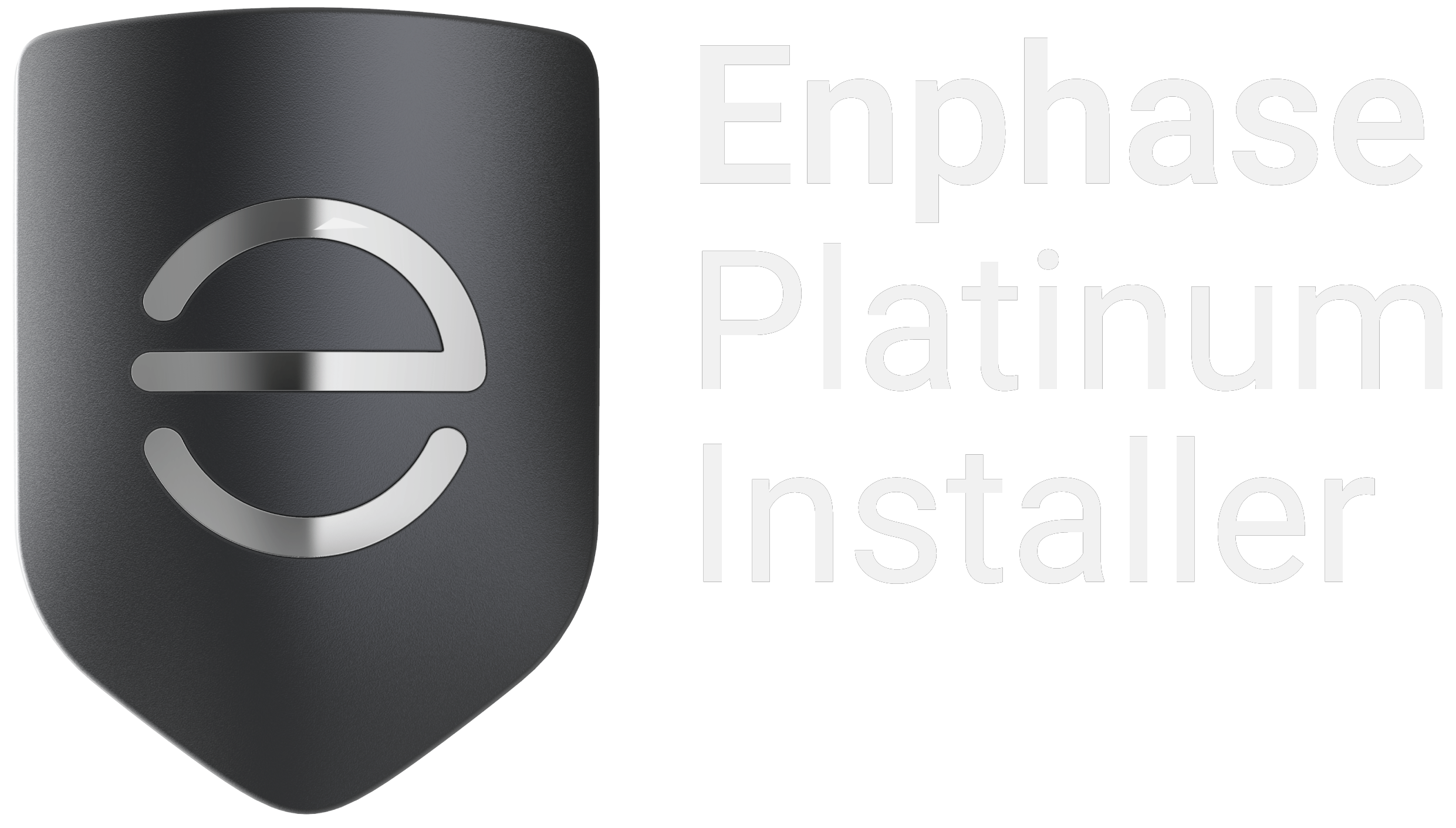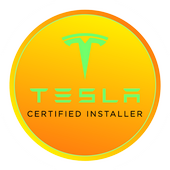
Do you have solar panels, or are you thinking of going solar? Great! There’s only one problem… Your neighbor’s big trees! Unfortunately, their trees can interfere with your energy production. You might be wondering, “Can I do anything about my neighbor’s trees blocking my solar panels?”
Don’t worry, we’ve got you covered… Keep reading. There may be something you can do about it!
Ensuring your solar panels are clear of shade throughout the day is essential when it comes to determining their success. If your home has a clear view of the sun throughout the day, your solar panels can produce enough power to provide 100% of your needs. Now, if the shade blocks your solar panels for even part of the day, it can still have a drastic impact on your energy production.
So what can you do about your neighbor’s trees blocking your solar panels?
Luckily, in the state of California, there’s a thing called the Solar Shade Control Act.
What is California’s Solar Shade Control Act?
The Solar Shade Control Act prohibits homeowners/neighbors from planting a tree or shrub that would shade more than 10% of a neighboring solar collector between the hours of 10 a.m. and 2 p.m.
However, this doesn’t mean you can install solar panels and then demand your neighbors cut their trees down. This act only applies to newly planted trees that replace a dead tree or one that has been removed for safety reasons. It does not apply to existing trees.
So what exactly does this mean? The act requires that neighbors trim back trees after your solar panels are installed. They can still plant trees; they just can’t let them grow so big that they shade your system.
You Might Need To Negotiate With Your Neighbor
Although this act exists, California also has another policy that requires new solar homes to have a time-of-use (TOU) plan.
What is a TOU plan?
TOU plan states that solar energy production in the early evening is more valuable than other times throughout the day. On the other hand, the Solar Shade Control Act focuses its hours during midday peak, which doesn’t protect homeowners from the shade that falls during the evening peak between 4 to 8 p.m.
In this case, it’s best to negotiate a solar easement with your neighbor.






